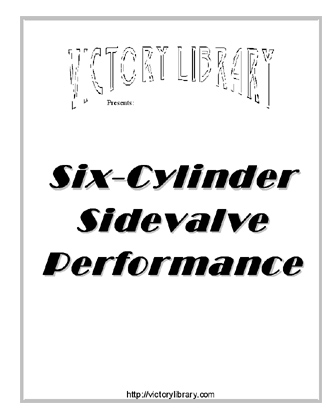My MOPAR flathead - 12/19/11 10:14 PM
I don't seem much mention of flatheads or MOPARs here, so I'll start a thread on the one I'm working on.
I have a 42 Plymouth 2 door sedan and I'm putting a motor together for it.
I've started with about a 1950 Dodge 2 ton 251 motor. This one has sodium cooled valves, which may or may not be a benefit. I've had the block gone through, bored, new pistons, decked the block. Valve job. A pretty hot cam reground by Edgerton. Ported, head shaved .100 which should give about 9 to 1 compression.
For breathing, I have a set of tube headers built by Langdon, and an Edmonds aluminum dual 2 bbl manifold intake with water heat.
Not sure what I'll do with the clutch, pressure plate and flywheel, but probably some version of stock. I have a 50's overdrive transmission, disk brake conversion and wire wheels.
It's about all sitting there, new bearings and all, just need some time to start assembling. I'm anxious to get it assembled and hear it run. I doubt it'll be all that fast, but I bet it'll sound cool as can be.
I have a 42 Plymouth 2 door sedan and I'm putting a motor together for it.
I've started with about a 1950 Dodge 2 ton 251 motor. This one has sodium cooled valves, which may or may not be a benefit. I've had the block gone through, bored, new pistons, decked the block. Valve job. A pretty hot cam reground by Edgerton. Ported, head shaved .100 which should give about 9 to 1 compression.
For breathing, I have a set of tube headers built by Langdon, and an Edmonds aluminum dual 2 bbl manifold intake with water heat.
Not sure what I'll do with the clutch, pressure plate and flywheel, but probably some version of stock. I have a 50's overdrive transmission, disk brake conversion and wire wheels.
It's about all sitting there, new bearings and all, just need some time to start assembling. I'm anxious to get it assembled and hear it run. I doubt it'll be all that fast, but I bet it'll sound cool as can be.
